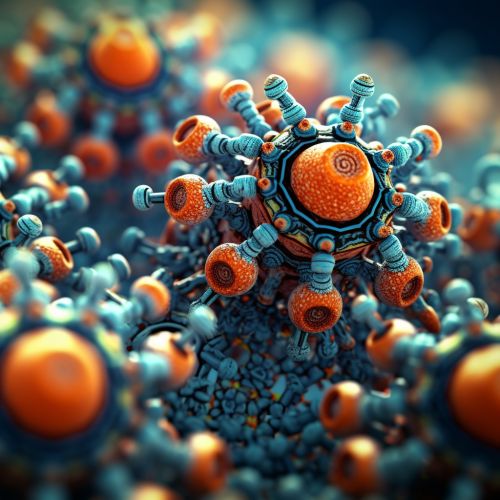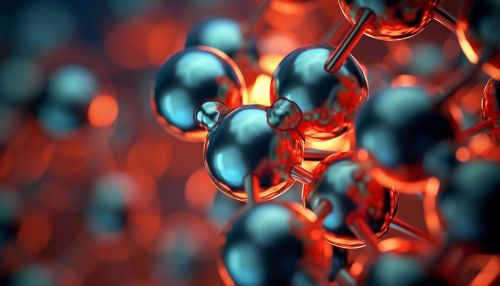Radium-223
Introduction
Radium-223 (Ra) is a radioactive isotope of radium, discovered by Friedrich Oskar Giesel in 1905. It is one of the isotopes used in medicine, specifically in the treatment of cancers that have spread to the bone, known as bone metastases. Radium-223 is a calcium-mimetic, meaning it behaves similarly to calcium in the body, allowing it to bind to areas of increased bone turnover, such as bone metastases.


Physical Properties
Radium-223 is an alpha particle-emitting isotope, with a half-life of 11.4 days. It decays into stable Pb-207 through a series of short-lived daughters, with the emission of alpha particles. Alpha particles are high-energy, positively charged particles that can cause significant damage to cells they come into contact with. This property is harnessed in the medical use of radium-223.
Medical Use
Radium-223 dichloride (RaCl2) is the form of radium-223 used in medicine. It is marketed under the trade name Xofigo, and was approved by the FDA in 2013 for the treatment of bone metastases in patients with castration-resistant prostate cancer.
The mechanism of action of radium-223 dichloride involves its similarity to calcium, which allows it to be incorporated into bone at sites of increased turnover. Once incorporated into the bone, the emitted alpha particles cause double-strand breaks in the DNA of nearby cells, leading to cell death. This is particularly effective in treating bone metastases, as the radium-223 is delivered directly to the site of the cancer cells.
Safety and Side Effects
As with any form of radiation therapy, treatment with radium-223 dichloride carries risks. The most common side effects reported are nausea, diarrhea, and thrombocytopenia (low platelet count). There is also a risk of radiation exposure to others, particularly in the first week following treatment. As such, patients are advised to follow certain precautions to minimize this risk.
Production and Availability
Radium-223 is produced by neutron irradiation of radium-226 in a nuclear reactor. This process produces radium-223, along with several other radium isotopes. The radium-223 is then separated from the other isotopes and purified for medical use.
Future Research
Research into the use of radium-223 is ongoing, with studies investigating its use in combination with other therapies, and in other types of cancer. Early results from these studies are promising, suggesting that radium-223 may have a role to play in the treatment of other cancers with bone metastases, such as breast and lung cancer.
